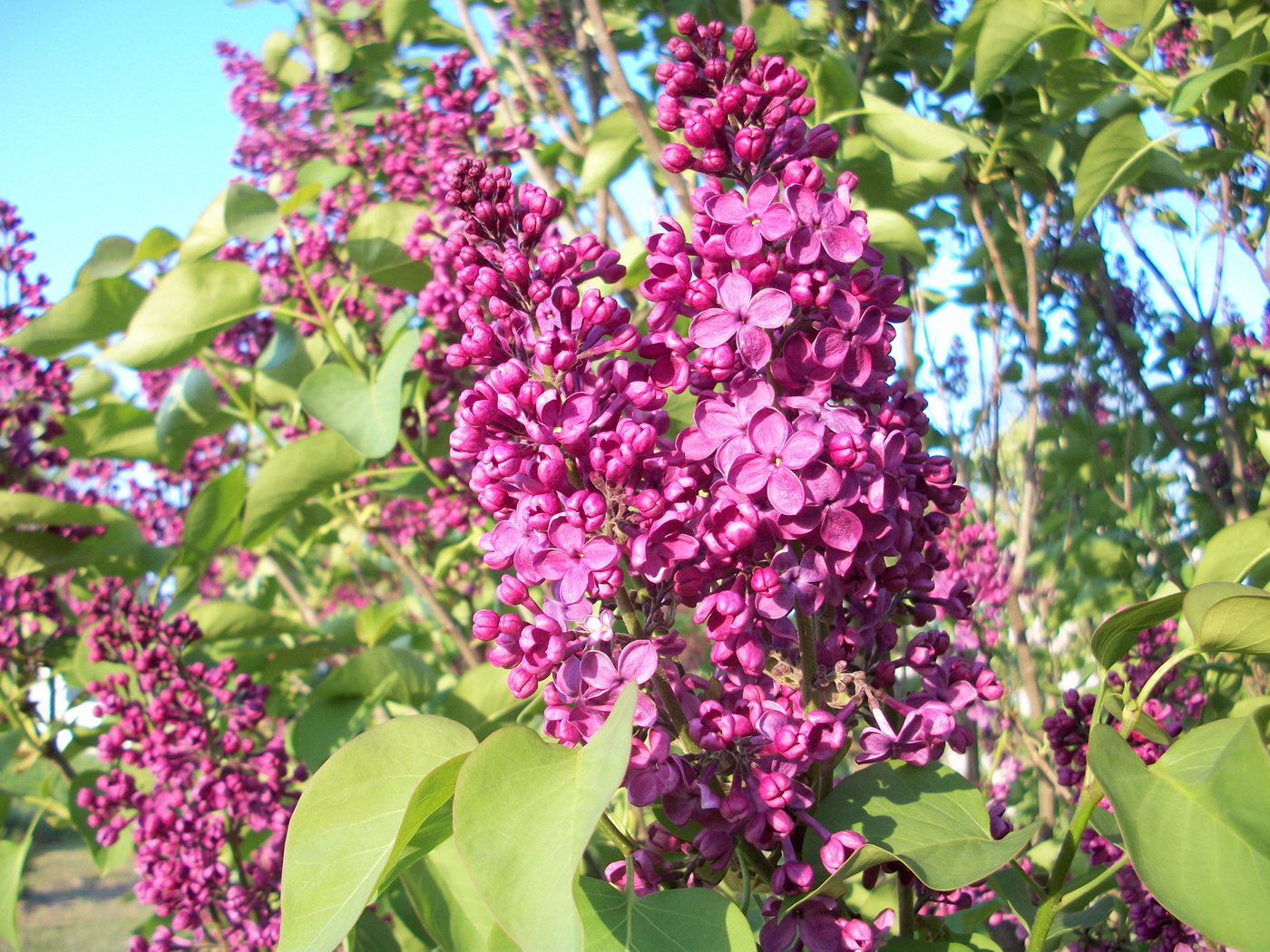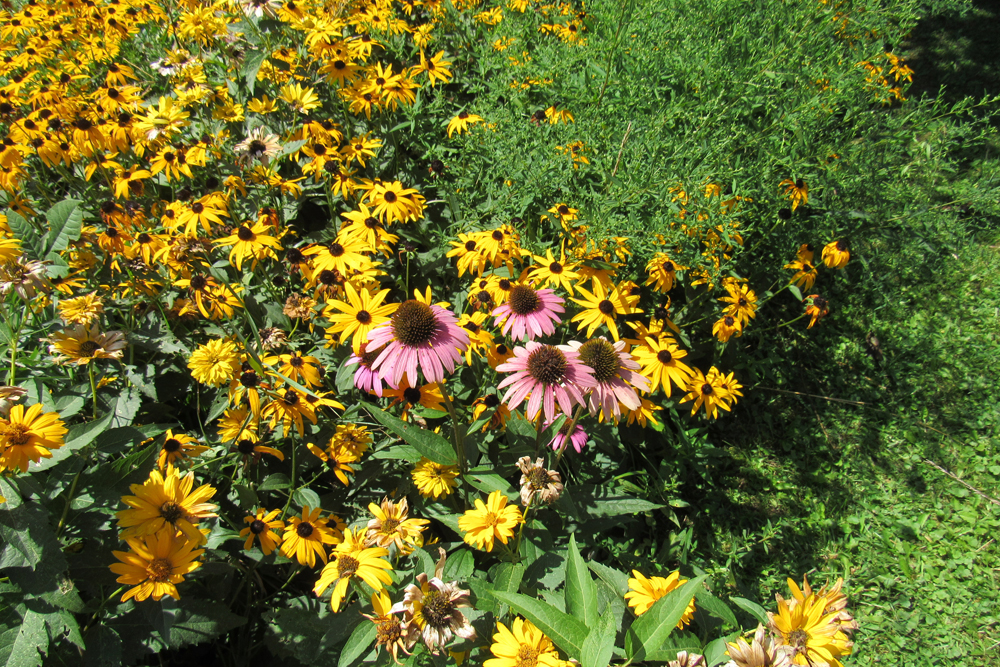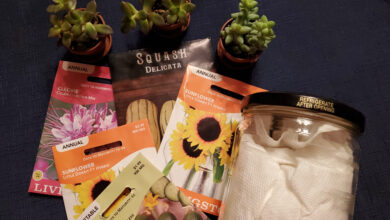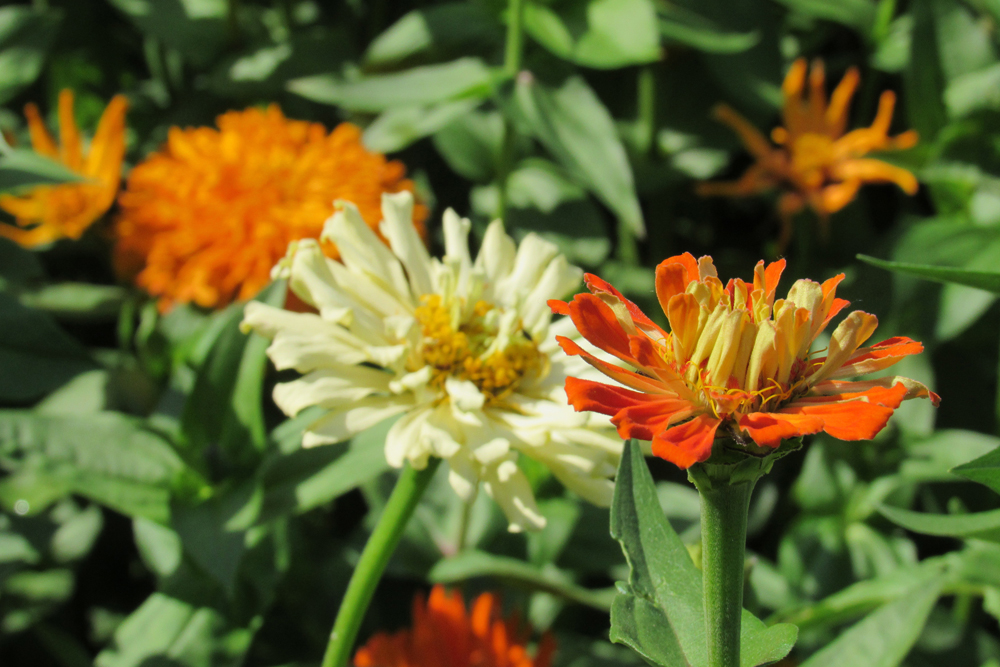Joe Pye Weed is a beautiful pollinator magnet
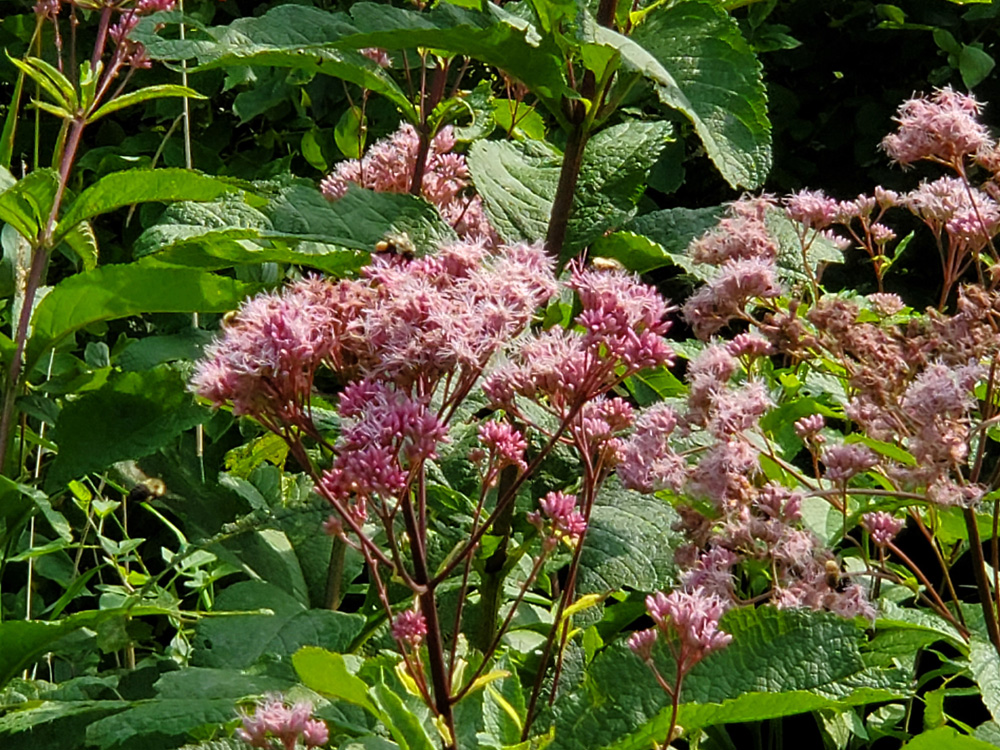
Late summer and early fall is the peak time for many garden plants. Joe Pye Weed is one of the most beautiful. Joe Pye Weed is the common name of several native species which are a pollinator magnet for bees, butterflies, and moths.
Joe Pye Weed additionally is a larval host to at least six native moths, according to Illinois Extension. I read recently how one gardener was not getting monarchs to come to their milkweed plants. They decided to add other pollinator-friendly plants to their milkweed planting, including Joe Pye Weed, and that made the difference. Additional natives like Joe Pye Weed helped attract monarchs to their milkweed plants.
You will see Joe Pye Weed growing in abundance along roadsides, especially in wet or marshy areas. Eupatorium purpureum is native to moist woods and meadows from southern Canada to Florida and west to Texas, Iowa State Extension says. It is hardy from USDA Zones 4-9 and grows in full sun and part-shade. It prefers moist soil that is average to rich and will tolerate wet conditions. It does not perform as well during hot, dry summers. Its mauve-pink blooms are large, 12 to 18 inches in diameter, and the foliage is also attractive with three to five long leaves radiating from a central location on the stem to form a whorl.
In your landscape, Joe Pye Weed adds structure. It can reach six feet tall, although plants sold by nurseries are cultivars developed to be somewhat shorter than the native plants growing in the wild. It pairs beautifully with goldenrod, asters, and ornamental grasses which also peak at this time of year.
If you plant Joe Pye Weed, give it room to grow. It makes a great background plant or mid-border plant if you purchase shorter cultivars.
The common name, Joe Pye Weed, has an interesting history. It is believed that a Native American, whose name was Joe Pye, used the plant medicinally in New England during the early 1800s.
A paper published in 2017 in “The Great Lakes Botanist,” attempted to pin down the actual person who is the namesake for the plant. Authors were able to tie the name Joe Pye to an actual man – a Mohican sachem named Joseph Shauquethqueat.
The paper explains that for the purpose of communication and conducting business, members of the First Nations community would take Christian or white surnames. The surname Pye was frequently used by the Mohicans since the 1730s or earlier.
Authors of the paper believe that like most Mohicans of his time, Joe Pye had knowledge of herbal medicine and likely had some connection to the plant which was observed by others. This resulted in the common name used today.
If you are looking for native plants to add structure, beautiful summer foliage, and striking late summer and early autumn bloom to your landscape, invite Joe Pye Weed into your garden.




